Memory in Gyumri
Roots of Armodoxy: Memory in Gyumri
In 1988 the ground shook in Armenia.
December 7, a date which Franklin Roosevelt described as a “day which would live in infamy,” when the Japanese bombed Pearl Harbor in 1941, would now be infamous especially for the Armenians who suffered close to 50,000 casualties from the quake.
In 1988, the Soviet Union was still intact. It’s president, Michael Gorbachev was visiting the United States, engaging in high level talks with then President Ronald Reagan promoting Glasnost and Perestroika. He cut his trip short and returned to the Soviet Union, specifically to Armenia to assess the damages. That presidential change-of-plan hurled the Armenian earthquake onto the world stage. Once again, without being asked or considered, Armenia found itself in the top headlines. Of course, this is not what anyone wants to be known for, especially Armenia who had succumbed to other tragedies including Genocide, but still, Armenia is so small and insignificant on the world stage that had the Soviet premier and US president not been inconvenienced, the earthquake would have registered as a footnote with Western media. Instead, 113 different countries sent over rescue and humanitarian aid to Armenia in the months that followed the December 7 earthquake. It was the first time since the 1940s that the Soviet Union officially asked for aid from the United States, despite being in the “cold war.”
The facts are important to remember, because they point to possibilities that can exist and that can usher in peace, harmony and understanding between countries. In this case, Armenia was the catalyst for the harmony and understanding we saw that year.
The earthquake’s epicenter was a small town called Spitak, in between two larger towns, Gyurmi and Vanadzor. (During the Soviet years these two towns were called “Leninakan” and “Kirovakan” respectively.)
In Gyumri, there is a church known as Yot Verk, or the “Church of the Seven Wounds.” It is in the center of the bustling city. The “seven” refers to the wounds of Jesus that were felt by the Blessed Asdvadzadzin. They are all from our Lord’s life as shared by the Evangelist St. Luke. Specifically, they are, 1) Simeon’s revelation to her “This child is destined to cause the falling and rising of many… And a sword will pierce your own soul too.” 2) The Holy family’s escape to Egypt 3) Jesus lost for three days; 4) Jesus betrayed; 5) Jesus crucified with the Blessed Mother Mary at the foot of the cross; 6) Jesus’ death; 7) Jesus’ burial. An icon in the church depicts St. Mary with seven daggers symbolizing the wounds.
This church is a repository of the memories. The seven wounds are identified by name. the memory of the earthquake is identified by large structures, namely the domes that toppled off of the church on that ill-fated day in 1988. The domes have since been replaced, but the fallen domes sit on the side of the church and at the entrance of a small garden area. The size of these domes and their placement in view of everyone, solicit a response, at the very least, “Why are these domes here?” and get the response, “They fell off during the 1988 earthquake.”
Memories have many functions. Of course, as is implied, they prevent us from forgetting. But what happens when the pain is so great, beyond human comprehension, as was the case on December 7, 1988 when 50,000 people perished? The event was within our lifetime and we certainly want to honor the dead, however the structures and monuments we build to our memories are double edged swords. They honor the losses, but they can also function as monuments to victimhood and prevent us from a healthy move forward.
Following the Crucifixion of our Lord Jesus, a few women when to his grave to anoint his body. They were there to honor the dead Jesus. When they arrived at the grave, the angel asked them a simple question, “Why are you searching among the dead for one who lives?”
This week on the Roots of Armodoxy, we will be in Gyumri, the second largest city in Armenia. We will be looking at memories from different vantage points. Memories that honor, memories that help us heal, and memories that, unfortunately, keep us looking among the dead instead among the living.
We pray today a prayer from the Armenian Church’s Book of Hours, “O Lord, do not turn your face from us. Benevolent Lord, we beseech You, be our helper. Send us Your angel of peace, who will come and protect us from temptations. Almighty Lord our God, save and have mercy. Amen.”

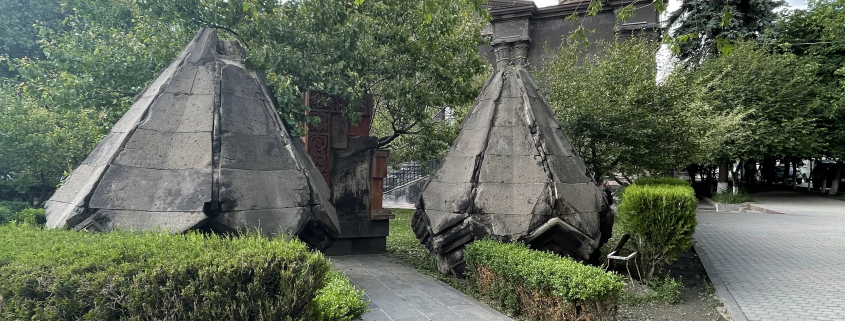 2023 Fr. Vazken Movsesian
2023 Fr. Vazken Movsesian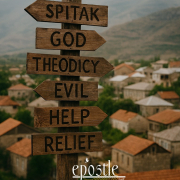 2025 Epostle
2025 Epostle 2025 Epostle
2025 Epostle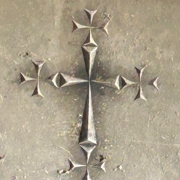
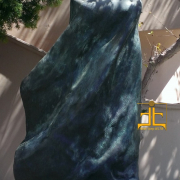
 2023 Epostle.net
2023 Epostle.net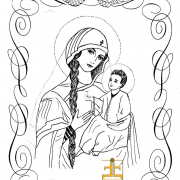


 2023 Fr. Vazken
2023 Fr. Vazken
Leave a Reply
Want to join the discussion?Feel free to contribute!